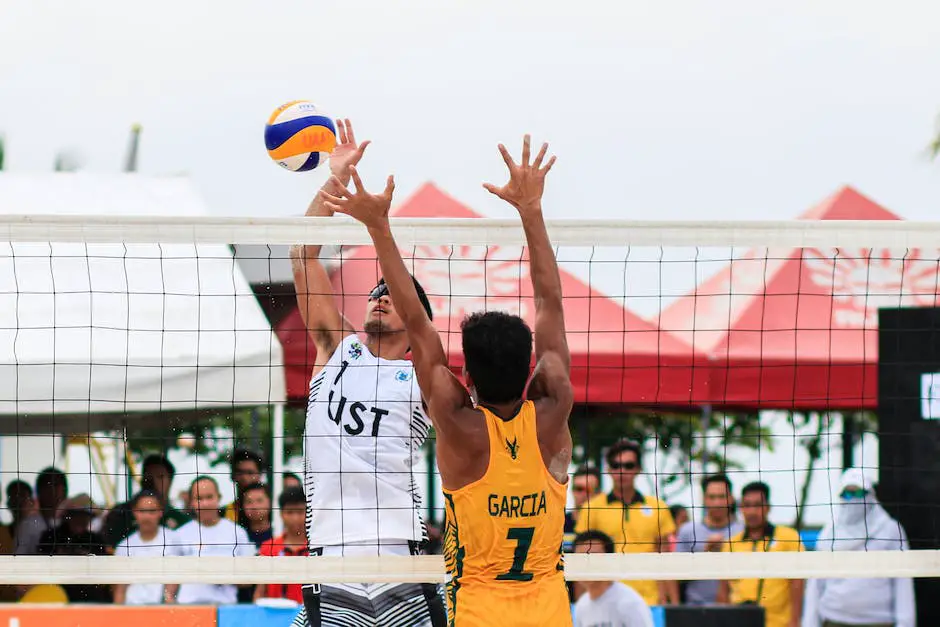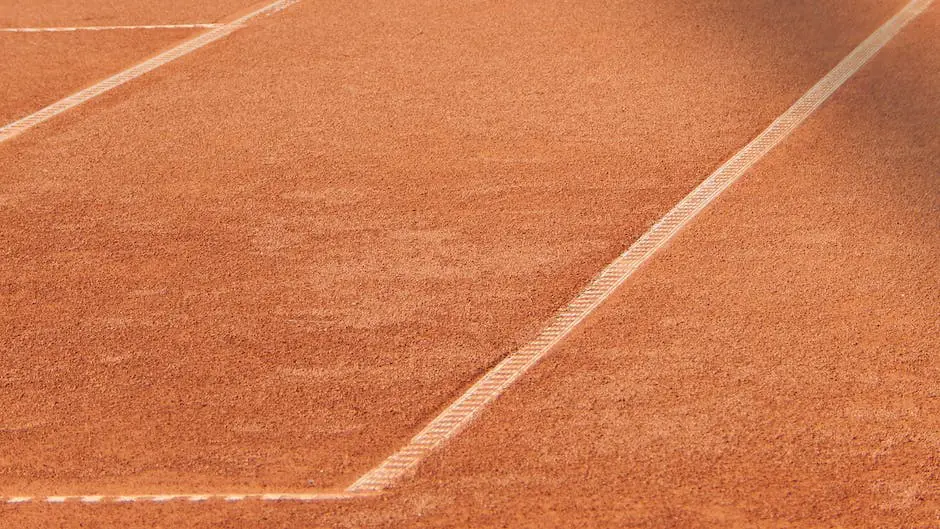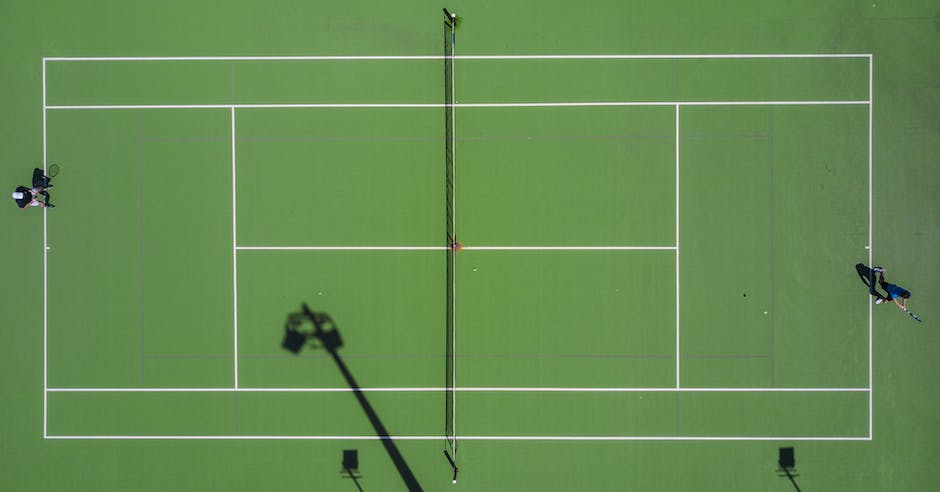As an engaging blend of tennis and squash, padel tennis offers a twist to the traditional racket sports by providing unique strategies and challenges. Delving into padel tennis strategy not only enhances one’s performance during the match but also fosters a deeper appreciation for the sport. This paper promises to unpack and elucidate the strategic elements intrinsic to padel tennis — from understanding the fundamentals of the game to dissecting offensive and defensive tactics. The content comes full circle with a detailed exploration of doubles play strategies, and the often overlooked yet vital psychological aspects of match preparation.
Understanding Padel Tennis Fundamentals
Understanding Padel Tennis Fundamentals
Padel tennis, which originated from Mexico, is a popular blend of tennis and squash. Unlike traditional tennis, padel is usually played in doubles on an enclosed court a third the size of a tennis court.
The most striking feature of padel tennis is the inclusion of surrounding glass and metal mesh walls, which are integral parts of the game. Players can make use of these walls to play offensive or defensive shots, opening the gates to a novel world of strategies and dynamics.
How Is Padel Tennis Similar to Traditional Tennis?
Much like traditional tennis, the same basic elements exist in padel -volleys, smashes, and service games. The players score by making the ball bounce twice in the opponent’s field, and rallying to keep the ball in play. Scoring in padel follows the same pattern as that of tennis: 15, 30, 40, and game.
How Does Padel Tennis Differ From Traditional Tennis?
On the surface, padel tennis may appear to be a mini-version of traditional tennis. However, when it comes to the rules and strategies, padel tennis has its unique nuances. First, in padel, the serve must be underhand, and players are allowed to play balls after bouncing off the walls. The walls can transform what otherwise would be an “out” in regular tennis into a strategic move in padel.
Another stark difference is that instead of tennis rackets, padel utilizes solid, perforated paddles without strings. This equipment change fundamentally modifies the gameplay, as the dynamic of the ball is drastically altered. The lack of strings results in lesser power and more control, substantially shifting the game strategy towards the smart placement of shots rather than raw power.
The Role of the Enclosed Court in Padel Tennis Strategy
The enclosed court is an essential component in padel strategy. A good rebound off the back glass or disorienting angle against the metal mesh can deceive the opponents and create significant scoring opportunities. The ability to judge and manipulate the wall rebounds differentiates novices from expert padel players.
Players must also master the ability to direct their shots into their opponent’s corner to limit their ability to make a return shot. The use of the corner can mean the difference between rallying the ball and winning a point.
Mastering Padel Tennis: Scoring and Developing a Strategic Approach
Similar to regular tennis, padel tennis’s scoring system aligns with the traditional style of play. Nevertheless, given that padel tennis is generally played in doubles, the strategies applied significantly vary. Players are required to maintain constant movement, communicate effectively with their teammate, and maintain crucial spatial awareness on the court. Executing accurately placed shots takes precedence over pure power or speed in this game.
Essentially, padel tennis revolves around strategic agility. Recognizing the contrasts and similarities with regular tennis forms the foundation of understanding the game. Successively, a tactical approach for effective utilization of the court and equipment can transform a padel beginner into a proficient player.

Developing Your Offensive Strategy
Crafting Offensive Tactics: The bedrock of Padel Tennis Superiority
Fabricating a dynamic offensive strategy is integral to succeeding in padel tennis. This approach comprises a blend of smashing strikes, maximizing wall rebounds, and optimal court positioning. By establishing control over these techniques, players can command the game’s rhythm and exert pressure on their adversaries effectively.
The Art of Smashing in Padel Tennis
‘Smashes,’ or powerful overhead shots, are a significant component of a strong offensive strategy in padel tennis. They are predominantly used to finish off a well-constructed point, to deepen the defense of your opponent by going over their heads or to directly target them, forcing them into difficult return positions.
However, using smashes requires careful timing and discretion. A poorly executed smash can result in a weak return, giving your opponent an advantage. When deciding to smash, consider the position of your opponents and their ability to respond. Smashing tends to be most effective when your opponents are near the net or in a vulnerable position.
Leveraging Wall Rebounds in Padel Tennis
Padel tennis involves a unique element that distinguishes it from other racquet sports: the use of surrounding walls. Rebounds off these walls can play a crucial role in your offensive strategy.
Incorporate wall rebounds into your strategy by learning how to accurately read and anticipate the ball’s trajectory after rebounding. Understanding how the ball will bounce allows you to be in the right place at the right time, positioning yourself for a successful shot. Notably, aggressive play off the wall can keep your opponents on their toes and continuously disrupt their defensive formation.
Maximizing Court Positioning in Padel Tennis
The real estate of a padel tennis court is your battleground, and using it to your advantage is a crucial part of your offensive strategy. The proper court positioning can grant you control over incoming shots and dictate the flow of the game.
Typically, offensive positioning in padel tennis involves staying closer to the net. This allows for more opportunities to volley and smash balls while also reducing the chance of your shots bouncing off the back wall, a situation which can empower your opponents with a strong rebound.
Remember, while this aggressive positioning is frequently advantageous, it’s important to adapt based on the dynamics of the game. If your opponents are consistently smashing or lobbing deep shots, you might need to reposition further back to effectively return the ball.
In padel tennis, mastering the timing of powerful smashes, utilizing wall rebounds effectively, and maintaining optimal court positioning are all key elements that comprise a winning offensive strategy. By finessing these aspects of play, you can wield considerable control over the game, giving you a distinct advantage over your opponents.

Building a Strong Defensive Game
Grasping the Rules of Padel Tennis and the Significance of Defense
Prior to exploring the nuances of defense strategies, it’s essential to comprehend the basic rules of padel tennis. This sport is a fusion of tennis and squash, typically played in doubles on an enclosed court that’s roughly a third the size of a traditional tennis court. The fact that the ball can bounce off both the side and back walls introduces a distinct element of defensive play.
Defense in padel tennis isn’t just about preventing your opponent from scoring points; it forms the crux of your overall game. Implementing strong defensive strategies can turn you into a formidable force on the court, by transforming your opponent’s attack into a chance for you to seize the opportunity.
The Art of Using the Back Wall
One of the unique elements of padel tennis is the ability to use the back wall. As the ball can bounce off this wall before being returned, players have a valuable defensive tool at their disposal. It’s essentially a second chance to return an otherwise difficult ball.
To effectively use the back wall, players must anticipate the ball’s trajectory and position themselves accordingly. As the ball bounces off the back wall, its momentum decreases, giving you the chance to hit a powerful and strategically placed return. The goal is to aim for balls high on the back wall, letting them drop before hitting to gain time, control, and vision.
Strategic Positioning for Defensive Plays
Your end-court position plays a critical role in your defensive strategies. It is advisable to stand halfway between the net and the back wall. This position allows for adequate reaction time and opens up the opportunity for defensive plays utilizing the back and side walls.
Body positioning is equally crucial. A defensive player generally should have their body facing the net, feet shoulder-width apart for balance, and knees slightly bent to move swiftly in any direction. Anticipation is key here: forecasting your opponent’s next move can help you position yourself efficiently.
Countering Opposing Shots
Navigating and neutralizing your opponent’s attack is a significant element of defensive play. It includes blocking smash shots, dealing with viboras (snake shots), and returning bandejas (overhead shots).
Blocking a smash can buy you time and reset the point. It requires swift feet, a strong reactionary grip, and precise timing. You need to aim your paddle perpendicular to the smash trajectory, absorbing the shot’s power to divert it softly towards opponents.
Viboras are elliptical shots that bounce unpredictably, often creating difficult angles for return. To counter this, ensure you are positioning yourself deep into your court and moving early. Split-second decisions and instincts play a significant role here.
The ‘bandeja’ is an overhead shot that forces the opponent further into their court, so effectively returning it requires anticipation and a quick but controlled paddle movement. Aim to catch the shot at its highest point, scoring an effective counter to maintain your defensive stance.
Padel tennis, a dynamic hybrid game of squash and tennis, calls for an intriguing blend of precise positioning, back wall tactics, and quick countermeasures against opponents. The key to mastering the defensive game lies in having a keen eye to track both, the ball and your opponent’s movements. It’s not just about defending, but also about how swiftly you can pivot from defense to offense. This game necessitates anticipation, quick reactions, and the smart conversion of defensive moves into aggressive strikes.

Doubles Strategies in Padel Tennis
Mastering Doubles Play: Unveiling the Core Strategy of Padel Tennis
Padel tennis has carved a niche in the sports world, largely owing to its energetic gameplay and the strategic thinking that it demands. A doubles match in padel tennis is a test of not just your individual skills but also your rapport and synergy with your partner. Good communication and coordination between partners are paramount, as is a deep understanding of positioning tactics and counter-strategies. These elements together form the crux of a winning strategy in doubles play, contributing to the sport’s growing popularity.
Effective Communication and Coordination in Doubles Play
The ultimate key to success in padel tennis doubles play boils down to effective communication and coordination. Since doubles involve two players on one team, constant interaction between them becomes crucial. This exchange includes alerting each other on incoming shots, deciding who will cover which part of the court, and strategizing how to counter the opponents’ moves.
Moreover, understanding your partner’s strengths and weaknesses will allow for a more balanced team dynamic. It’s crucial to have agreements beforehand and during a game about who takes the ball in the center or during complex situations, like lobs or corner shots. Miscommunication could open up big spaces in your defense for the opponents to capitalize on.
The Importance of Positioning In Padel Tennis
Padel Tennis is a constantly evolving game, with changing dynamics and frequent movement. Teams must adapt to this temporary chaos by being positioned correctly. The positioning in Padel varies based on the situation – but typically, when your team is serving or returning, you would want one player at the net and another at the back. The player near the net takes on volleys and quick returns, while the player at the back covers lobs and high balls.
However, keep in mind, this arrangement is not set in stone. Adjust according to the flow of the game and the tendencies of your opponents. Generally, moving as a unit (up and down the court) while maintaining relative positions has proven to be effective.
Mastering the Art of Defense and Offense
In padel tennis, it’s vital to be able to anticipate and react to your opponents’ strategies. Paying close attention to the opposing team’s gameplay can reveal any recurring patterns or style of play, which can then be countered effectively.
For example, if you notice a frequent use of lob shots from the opposing team, recommending a player to hold a position at the back will ensure full coverage. Alternatively, if the adversaries are consistently aggressive with net volleys, stationing both team members near the net can work in your favor.
A typical offensive strategy in padel is to target the player who appears to be weaker or less assured. Efficient communication combined with a flexible defense can help safeguard against such tactics.
Overall, proficiency in executing shots and staying physically fit are crucial to padel tennis, but a well-planned strategy – involving communication, positioning, and counter-attack – often becomes the deciding factor in a game.

Psychological Aspects and Match Preparation
The Significance of Mental Strength in Padel Tennis
Padel tennis is not simply about physical prowess, but substantially relies on mental acuity too. Players are expected to stay focused, bear pressure, and make swift strategic decisions during the gameplay. An absence of mental preparation or effective strategies can lead even an exceptionally skilled player to underperform.
Managing Stress in Padel Tennis
The pressure to perform in a competitive sport like padel tennis can result in high levels of stress, which can inhibit players’ overall performance. Stress can make it harder for players to concentrate and make decisions, which negatively affects their game. Therefore, learning to manage stress effectively is paramount.
Effective stress management techniques for padel tennis include deep breathing exercises, imagery practice (mental rehearsal), progressive muscle relaxation, and mindfulness. These techniques help calm the mind, improve focus, and allow for better performance.
Building Mental Resilience in Padel Tennis
Mental resilience plays a significant role in competitive sports like padel tennis. The ability to maintain mental toughness despite challenges, setbacks or losses is what sets winning players apart from the others.
Building mental resilience can be facilitated through a variety of strategies, such as cognitive restructuring (changing negative thought patterns into positive ones), goal-setting, and improving self-talk (the inner dialogue that people have with themselves).
Pre-Match Routines in Padel Tennis
Just as important as physical warm-ups, pre-match mental preparation helps players enter the game in the right mindset. This preparation might include reviewing game strategies, going over the strengths and weaknesses of the opponent, and reflecting on prior performances and learning experiences.
In addition, developing a regular pre-match routine that can include visualization exercises, mantras, or psych-ups can also provide structure and a sense of control to players before a match.
The Role of Psychology in Padel Tennis Strategy
The realm of psychology extends to tactics and strategy in padel tennis. Understanding the psychology of the opponent, their morale, their stress levels, and their game style can offer insights to exploit their weaknesses and distract their focus.
Players can gain an advantage by observing the behavior of their opponents and adjusting their gameplay accordingly. For example, if an opponent appears agitated or nervous, executing complex plays could be a way of pressuring them further. On the other hand, a calm and relaxed opponent could be pressured by increasing the pace or implementing surprise elements in the game.
In conclusion
Mental preparation is as crucial as physical training in padel tennis. Psychological factors such as stress management, mental resilience, pre-match routines, and the understanding of psychology in gameplay not only build a strong athlete but also become the predominant factors that contribute to success in the game of padel tennis.

Beyond simply understanding the rules, true mastery of padel tennis comes from developing strategic acumen—encompassing not just physical execution, but mental fortitude and teamwork. Throughout this exploration, we’ve peeled back the layers of both offensive and defensive strategies, dug into doubles play and deep-dived into the psychological elements of the sport. It is hoped that with this knowledge in tow, you will approach padel tennis with a renewed perspective, armed with the necessary tactics and mental agility to make every match a win, no matter the score.